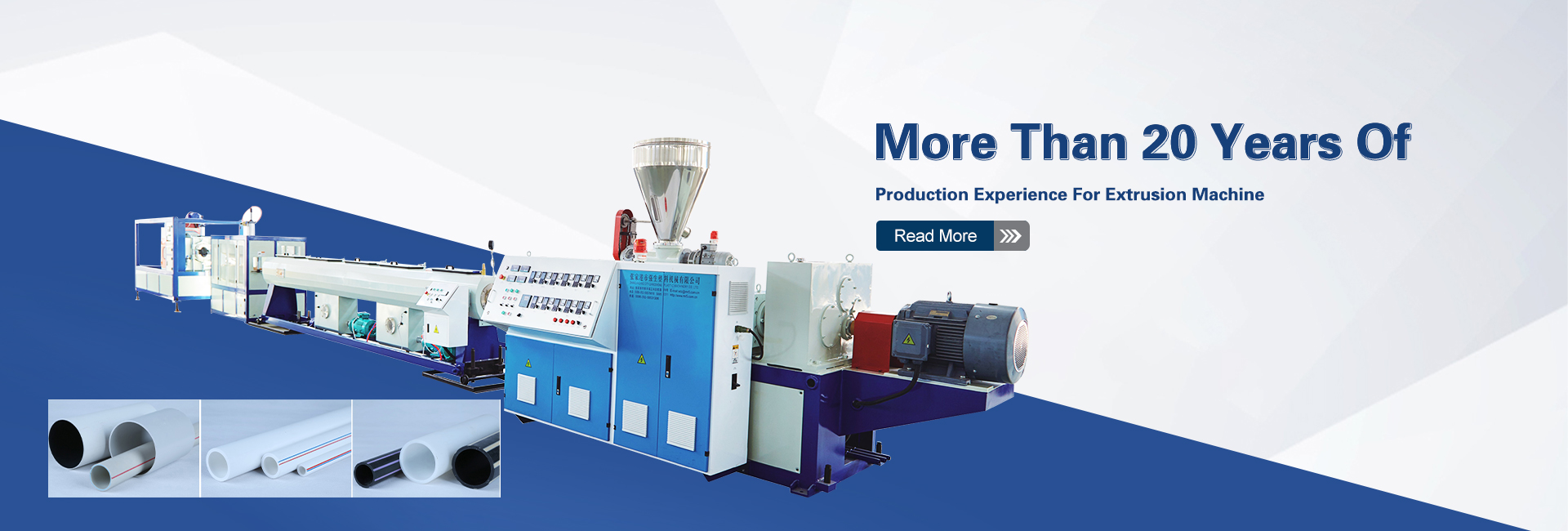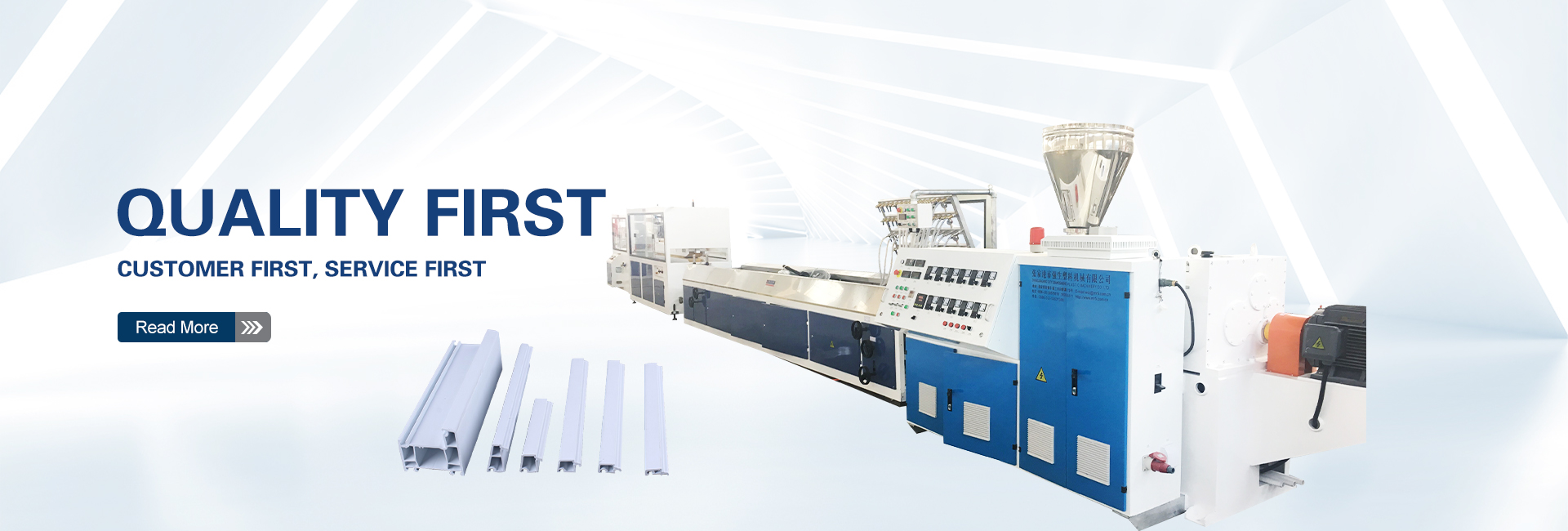In the dynamic world of plastics manufacturing, plastic pipe making machines play a pivotal role in shaping the infrastructure of our modern world. These remarkable machines transform raw plastic materials into a myriad of pipes and tubes for diverse applications, from plumbing and irrigation systems to electrical conduits and industrial piping.
As a Chinese manufacturer of plastic pipe making machines, QiangshengPlas understands the intricacies of this industry and the importance of maintaining optimal machine performance. Unexpected downtime and operational issues can disrupt production schedules, lead to financial losses, and compromise product quality.
To empower our customers with the knowledge and tools to effectively troubleshoot common problems with plastic pipe making machines, we have compiled this comprehensive guide.
Identifying Common Issues with Plastic Pipe Making Machines
Plastic pipe making machines are complex systems that involve various components working in unison. When issues arise, it’s crucial to identify the root cause promptly to minimize downtime and ensure efficient production.
1. Pipe Defects
Pipe defects such as uneven wall thickness, surface roughness, or inconsistencies in diameter can indicate problems with the extrusion process. These defects can be caused by factors such as:
- Improper material feed: Inconsistent material flow or the presence of contaminants can lead to pipe defects.
- Die wear or damage: Worn or damaged dies can produce pipes with irregular shapes or surface imperfections.
- Inaccurate temperature control: Fluctuations in temperature during the extrusion process can affect the consistency of the pipe material.
2. Machine Malfunctions
Machine malfunctions such as motor failures, control system errors, or hydraulic system leaks can bring production to a halt. These issues can stem from:
- Component wear and tear: Regular maintenance and timely replacement of worn-out parts can prevent unexpected breakdowns.
- Electrical faults: Faulty wiring, loose connections, or power surges can cause electrical malfunctions.
- Hydraulic system issues: Leaks, air contamination, or low fluid levels can disrupt hydraulic system operation.
3. Production Issues
Production issues such as low output, inconsistent product quality, or excessive material waste can hinder overall efficiency. These problems can be attributed to:
- Improper machine settings: Incorrect parameter settings for the specific material and pipe dimensions can lead to production issues.
- Inefficient material utilization: Excessive material waste can be caused by improper feeding, die design, or temperature control.
- Inadequate operator training: Well-trained operators are essential for identifying and addressing potential problems promptly.
Troubleshooting and Resolution Strategies
Once the root cause of the issue has been identified, implementing appropriate troubleshooting and resolution strategies is crucial to restore optimal machine performance.
1. Pipe Defects
- Material feed adjustments: Ensure consistent material flow and eliminate contaminants to prevent pipe defects.
- Die inspection and maintenance: Regularly inspect dies for wear or damage and replace them when necessary.
- Temperature control optimization: Implement precise temperature control systems to maintain consistent material properties.
2. Machine Malfunctions
- Preventive maintenance: Establish a regular maintenance schedule to inspect, lubricate, and replace worn-out components.
- Electrical system checks: Conduct regular electrical inspections to identify and rectify any faults or potential hazards.
- Hydraulic system maintenance: Maintain proper fluid levels, check for leaks, and bleed air from the hydraulic system.
3. Production Issues
- Parameter optimization: Collaborate with experienced technicians to optimize machine settings for specific materials and pipe dimensions.
- Material utilization audits: Conduct regular audits to identify and address areas of excessive material waste.
- Operator training programs: Invest in comprehensive operator training programs to enhance their skills and knowledge.
Preventive Measures for Minimizing Downtime
Proactive measures can significantly reduce the risk of downtime and ensure the smooth operation of plastic pipe making machines.
- Establish a preventative maintenance schedule: Regular maintenance checks and timely replacement of worn-out parts can prevent major breakdowns.
- Implement quality control procedures: Rigorous quality control measures can identify and address potential issues early on, preventing them from escalating into major problems.
- Invest in operator training: Well-trained operators are better equipped to identify and address potential problems promptly, minimizing downtime.
Conclusion
Plastic pipe making machines are indispensable tools in the plastics manufacturing industry. By understanding common issues, implementing effective troubleshooting strategies, and adopting preventive measures, you can maintain optimal machine performance, minimize downtime, and ensure the production of high-quality plastic pipes.
At QiangshengPlas, we are committed to providing our customers with the expertise and support they need to achieve success in the plastics industry
Post time: Jun-13-2024



